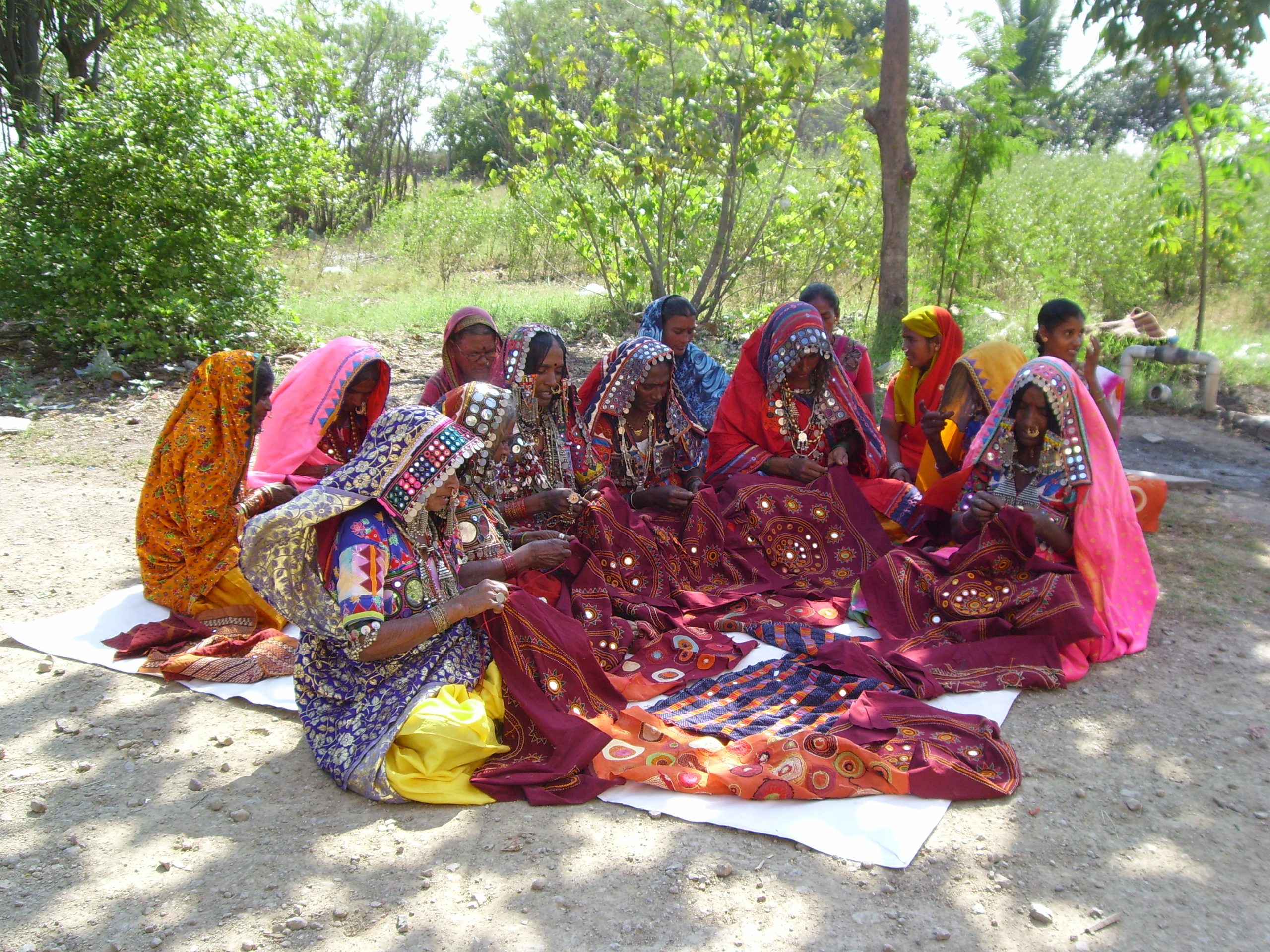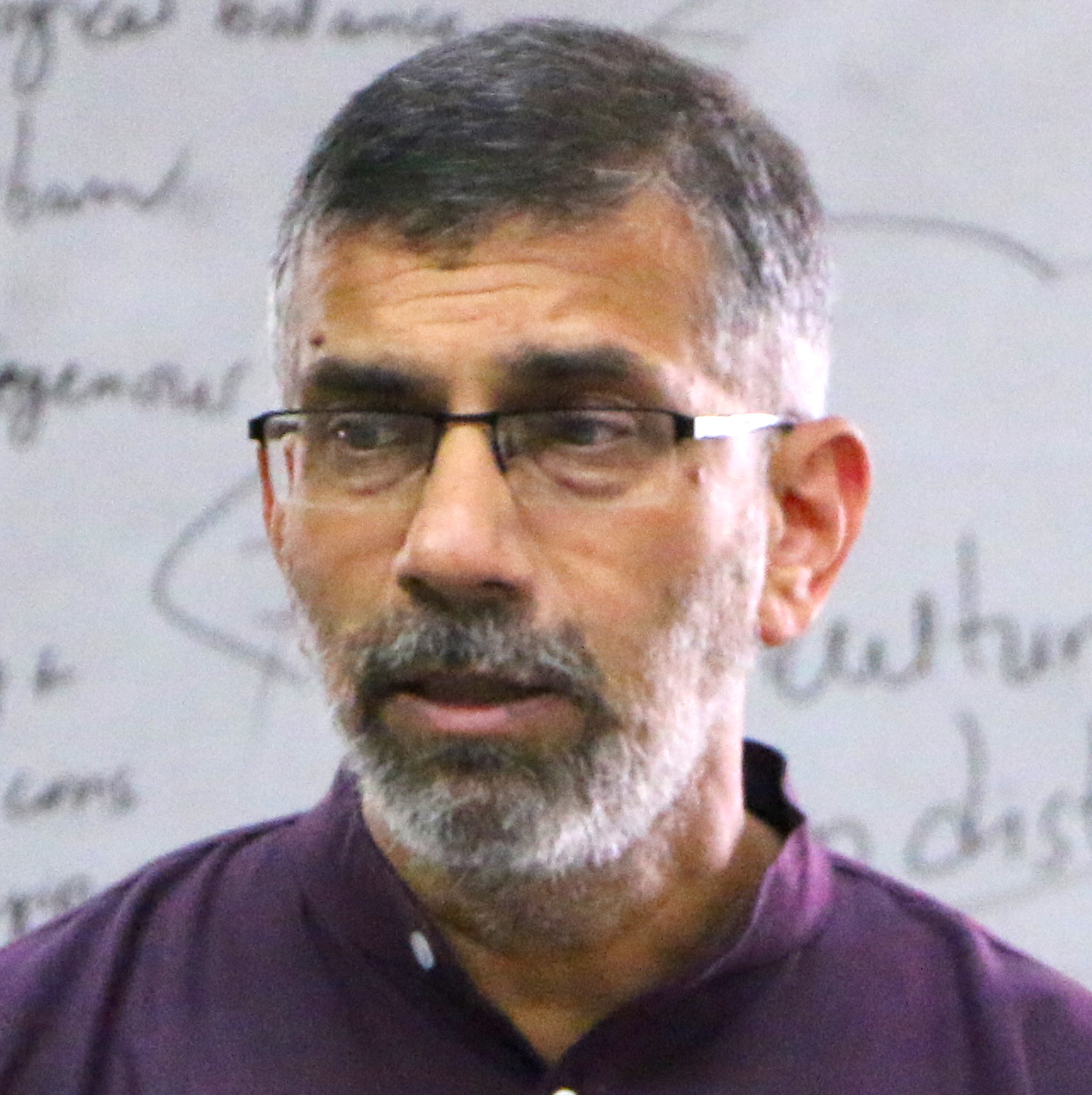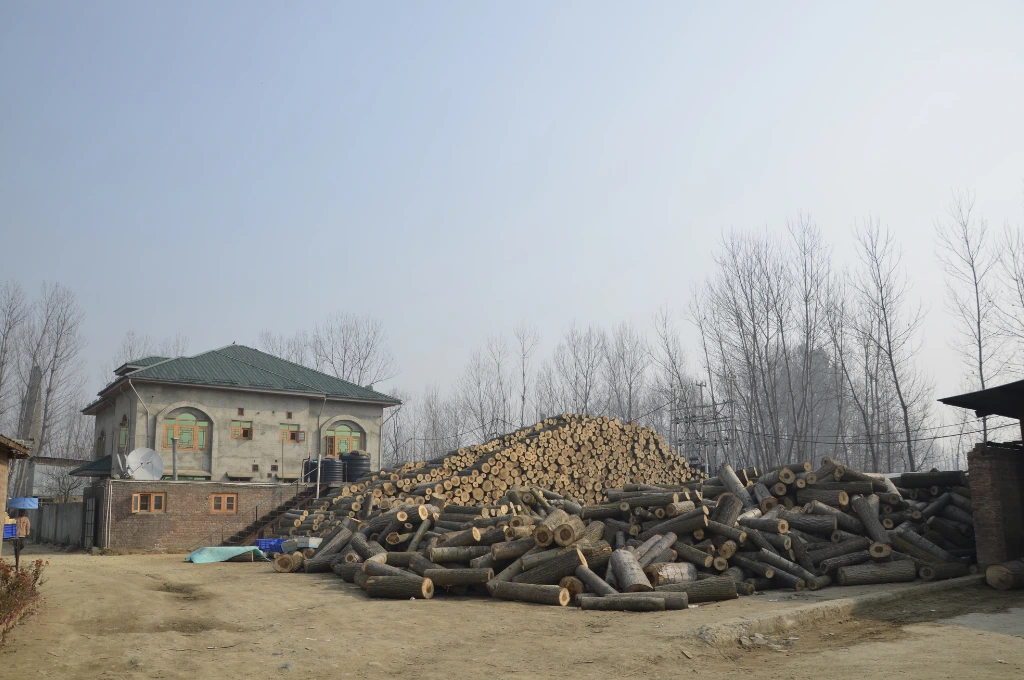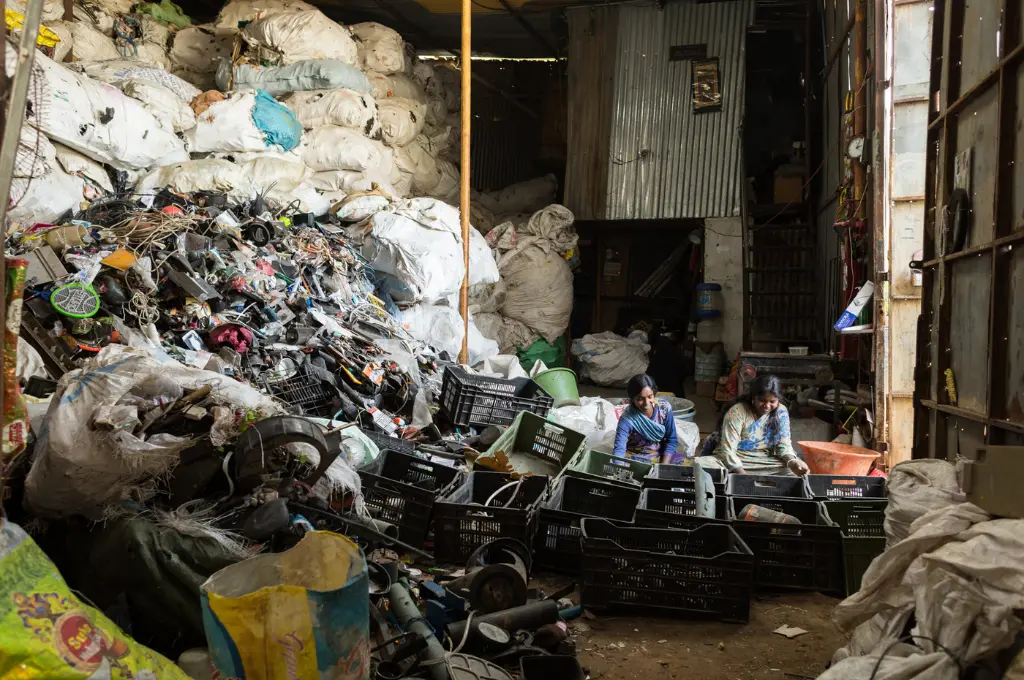Almost no part of the country is outside the purview of the self-help group (SHG) movement today. NABARD has been championing SHGs since the early ‘90s, and projects such as the National Rural Livelihood Project (NRLP) and the National Rural Livelihood Mission (NRLM) accelerated the formation of SHGs. There are also more than a hundred national and regional nonprofits—self-help promoting institutions (SHPIs)—whose main programmatic intervention has been to promote SHGs.
While one can assert with reasonable confidence that SHGs have demonstrated the potential to be successful platforms for women’s economic and social empowerment at the grassroots, the same cannot be said just yet about the federation of SHGs.
A federation is an apex level institution that draws support from the membership of SHGs and other organisations such as village organisations and cluster level organisations. Membership bases vary from 1,000 to 5,000 members, and today, there are more than 178,000 such federations across the country.
Unlike SHGs, federations are not swayambu, or self-existing, organically evolved entities; and because of this, there is a dynamic of dependence that arises with them.
The role and agenda of a federation
Women bank on the solidarity and collective strength that the federation offers them.
The agenda of a federation is constantly evolving, but the core function across federations is to organise women. This branches out in three broad directions—promoting and strengthening livelihoods, ensuring women’s rights, and securing justice. When we spoke to the women-led board of directors of a federation, these three points—aajivika, adhikar, and nyaya—were clearly articulated as primary functions.
A federation leader in Uttar Pradesh described the federation as a suraksha kavach, a protective shield that provides a sense of security. Women bank on the solidarity and collective strength that the federation offers them in times of gross injustice, personal tragedies, and violence.

Picture courtesy: Wikipedia
A federation’s objectives can be categorised as transactional or transformational. Transactional objectives, having tangible benefits, address the economic needs of the federation’s members. Smooth saving and credit operations, auditing accounts, disseminating new agricultural practices, promoting livelihood activities are all transactional objectives.
Transformational objectives, on the other hand, have more long-term, intangible benefits, serve society at large, and are not accrued to one single individual. Campaigns fighting violence against women (VAW), or educating people about child marriage could be seen as transformational objectives. People are more likely to pay a fee for access to a loan than for a sensitisation workshop, and so it’s important for a federation to offer concrete, tangible benefits to stay relevant to their members’ lives.
Related article: Transforming lives through women’s collectives
While SHPIs and women members would like to view federations as a voice for women, and a space to demonstrate their collective strength, certain nonprofits and government machinery hold a more utilitarian view. Federations are seen as a pipeline through which benefits can reach the last mile—an easy, cost-effective way to reach out to a large citizen group that would have otherwise been inaccessible. A convenient platform to push government schemes such as housing, the Aadhar scheme, pensions, and more.
The challenges federations face
A major challenge before SHPIs is to ensure that federations are financially viable. If the federation operates as a financial institution, it can levy a certain service charge for disbursing funds to its members, and this potentially generates revenue for the federation to manage its operations, staff expenses, rent, and so on. Those that do not offer financial services and mediation need to then offer fee-based activities to their members, such as legal services, livelihood enhancement inputs, or advocacy for better governance of health and education services. However, on-ground experience suggests that there is a major reluctance to pay fees for these services.
With SHGs, credit and savings transactions bind members together and make the SHG an integral part of members’ lives. This connect tends to get weaker at a higher-level institution like the federation, particularly if the federation has consciously decided not to be a financial institution. In the absence of day to day transactions and tangible services, the member connect with the federation weakens.
This is a chicken and egg situation. If the federation fails to offer something that is ‘central’ and critical to members’ lives, the member tends to lose interest in the affairs of the federation. The weaker the members’ connectivity is, the smaller the chance of the federation understanding members’ needs and responding to those needs.
Being responsive to members’ needs is a complex challenge. If the federation chooses to take up issues that directly affect their members’ economic wellbeing, it needs to have the financial and human capabilities to be in a position to offer such services. Apart from this, members should be willing to pay for these services because only then can the federation offer them sustainably.
In the absence of specific technical knowledge and expertise relating to livelihood and economic services within the federation, even if the opportunity existed, it might not be possible to provide these services. Ideally, SHPIs should build the federations’ capacity to undertake these services, and then exit, handing over operations to the federation itself.
Leadership assumes a critical role in the functioning of a federation. Typically, when SHPIs start promoting SHGs and federating them, women from the community demonstrate a strong sense of volunteerism. They often tend to take up leadership roles even though they run the risk of facing resistance and scorn (because by doing this, they challenge existing power structures).
Once the activities of SHPIs get ‘accepted’ in the region and SHGs and federations grow and stabilise, the SHPI starts rotating leadership roles in order to encourage newer and less experienced members to get a chance. While SHPI professionals suggest that rotational leadership is a desirable governance practice, in reality, it leads to management challenges.
Women leaders with more ambition and political aspirations often leave federations to pursue electoral politics, or take up roles in development programmes.
Experienced (and sometimes entrenched) leadership does not easily give way to new representations. Often, leadership rotation results in ego clashes which lead to dysfunctional management. Younger, more inexperienced leaders could find it challenging to govern the affairs of the federation and might continue to be dependent on experienced staff (who are likely to be men) or SHPI professionals, thereby continuing dependency for even day to day decision making. Women leaders with more ambition and political aspirations often leave federations to pursue electoral politics and contest for panchayat elections, or take up roles in development programmes, such as being a community resource person (CRP) or a block coordinator.
Related article: The unintended consequences of SHGs
“Now most of the leaders in the federation are women with old age, mostly illiterate, and with limited financial skills. Those who had potential and ambition have left. The rotation has also thrown up the role of volunteerism. Earlier, many women saw working with a voluntary spirit for the community as a preferred option. Now that is no more perceived as a desired option. Many women want to become a CRP because while they do want to work for the community, they receive compensation for the tasks performed. There’s nothing wrong with that but women sometimes prefer to be interested in the latter, as being a board member of a federation is seen both as a non-remunerative and time-consuming responsibility,” says an SHPI professional, summing up the unintended consequences of rotational leadership.
An idea that needs to be reframed
Federations that initially ran on the spirit of volunteerism and altruism need to be able to sustain these emotions among their members.
While we (outsiders, generally from SHPIs) see the need and importance of an apex structure that SHGs attach themselves to, we are not sure about how meaningful these structures will be to the lives of the women for whom they intend to serve. We have ‘promoted’ these federations with the hope that eventually they will replace us, but cannot say with certainty that even after 15 or 20 years of support from SHPIs, these federations will be able to function sustainably.
There is a tremendous amount of social capital that is built into each of these federations, but keeping it from depleting and eroding over a period of time, in the absence of strong member connects and tenuous governance and management, is the challenge. Federations that initially ran on the spirit of volunteerism and altruism need to be able to sustain these emotions among their members. One wonders then, if we as SHPIs need to reorient our functioning in order to see vibrant and independent federations.
—
This piece is based on a series of interactions between 2016 and 2018 with more than 30 professionals from the nonprofit, PRADAN. These workshop interactions were facilitated by the author, Dr Sanjiv Phansalkar of VikasAnvesh Foundation, and Madhu Khetan of PRADAN. Their objective was to evolve a nuanced understanding of federations and their work. Many of these federations have been promoted by PRADAN, some from as early as 1993 onwards. Similar interactions were held with professionals from SRIJAN on the same theme in 2019.
We do recommend to readers to refer to the arguments made in the latest publication Shylendra, H. S. (2018) “Federating the self-help groups (SHGs) in India: Emerging Conceptual and Policy Challenges” International Journal of Rural Management, 14 (2) 154-181.





